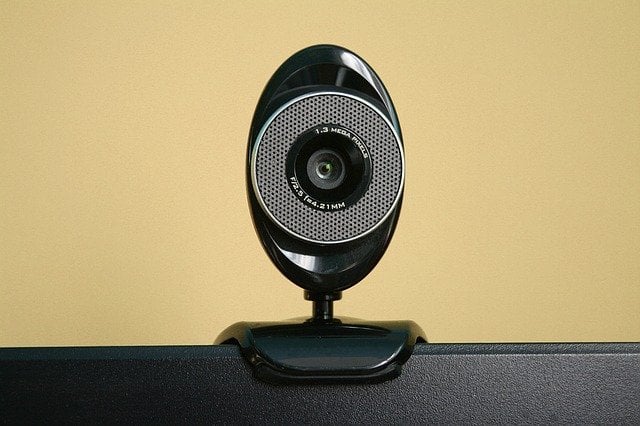
The new normal brought a lot of changes in how people communicate. Staying indoors is encouraged so relying on technology to see colleagues, attend virtual conferences or conduct IDIs and focus groups for market research is now a trend. No wonder video has become one of the world’s most essential communication platforms.
The rise of video brought in a high demand for webcams and other high-quality cameras that can be used for video conferencing. These cameras are available in a wide range of models, some of which are wireless and can pan and zoom, while others feature HD 360° recording and streaming technology.
As you face your webcam and prepare to remotely moderate interviews with in-facility participants, you want to look as good on camera as you do in person. Fortunately, there are best practices you can follow to make your camera perform better.
4 Ways to Improve Webcam Quality
-
1. Change the Settings
Adjusting the webcam settings is a great way to start. Change the level of brightness, contrast, and vibrance to enhance the quality or open the flash to introduce more light as necessary for your environment. Set the webcam to 720p or the maximum available resolution as well.
-
2. Use Proper Lighting
Light plays an integral part in the overall quality of photos, or in this case, videos.
Dim environments result in grainy or static-like footage so bringing in additional lighting into the setup is recommended. The simplest way to do this is to position yourself in front of a window that reflects natural light. If you’re working during nighttime and a well-lit window is unavailable, you can use artificial lighting such as table lamps or ring lights then place them above the webcam or against the wall to bounce the light.
Avoid situating yourself behind an illuminated window or against the source of light because you will appear as a silhouette in the footage.
3. Clear the Background
Although you’re the focus of your webcam, that doesn’t mean you should disregard your background. Remove distracting clutter, disturbing artworks or personal belongings not appropriate for display. Choose a blank wall or a simple background to make sure that your viewer’s focus is on you alone.
Take note of movements as well. Ensure that no motion behind you can take away your respondents’ attention. Additionally, the webcam may detect sudden movements which can result in poor lens detection and focusing.
-
4. Test Your Built-in Microphone
Most webcams have inferior built-in microphones so the audio recording may sound unclear. Undoubtedly, a superb video quality will not matter if your respondents can’t understand what you’re saying. Investing in an external microphone or headset will ensure you’ll be heard and understood clearly.
- Video and audio go hand in hand and they play a crucial role in how professional you will appear regardless of the situation. Use these practices to ensure you’ll look your best every time you have to moderate remotely or use your webcam for important meetings.
CCam focus combines remote moderation with in-person research
CCam® focus is a cutting-edge 720p HD 360° recording and streaming solution with omnidirectional microphones that can capture unclouded audio quality that streamlines the research process of in-person interviews or focus groups. Its plug-and-play feature only requires power and internet bandwidth and can record dynamic conversations, body language, and facial expressions for richer feedback without compromising privacy. Alongside Civicom’s full end-to-end support for your research, installation headaches are a thing of the past.


